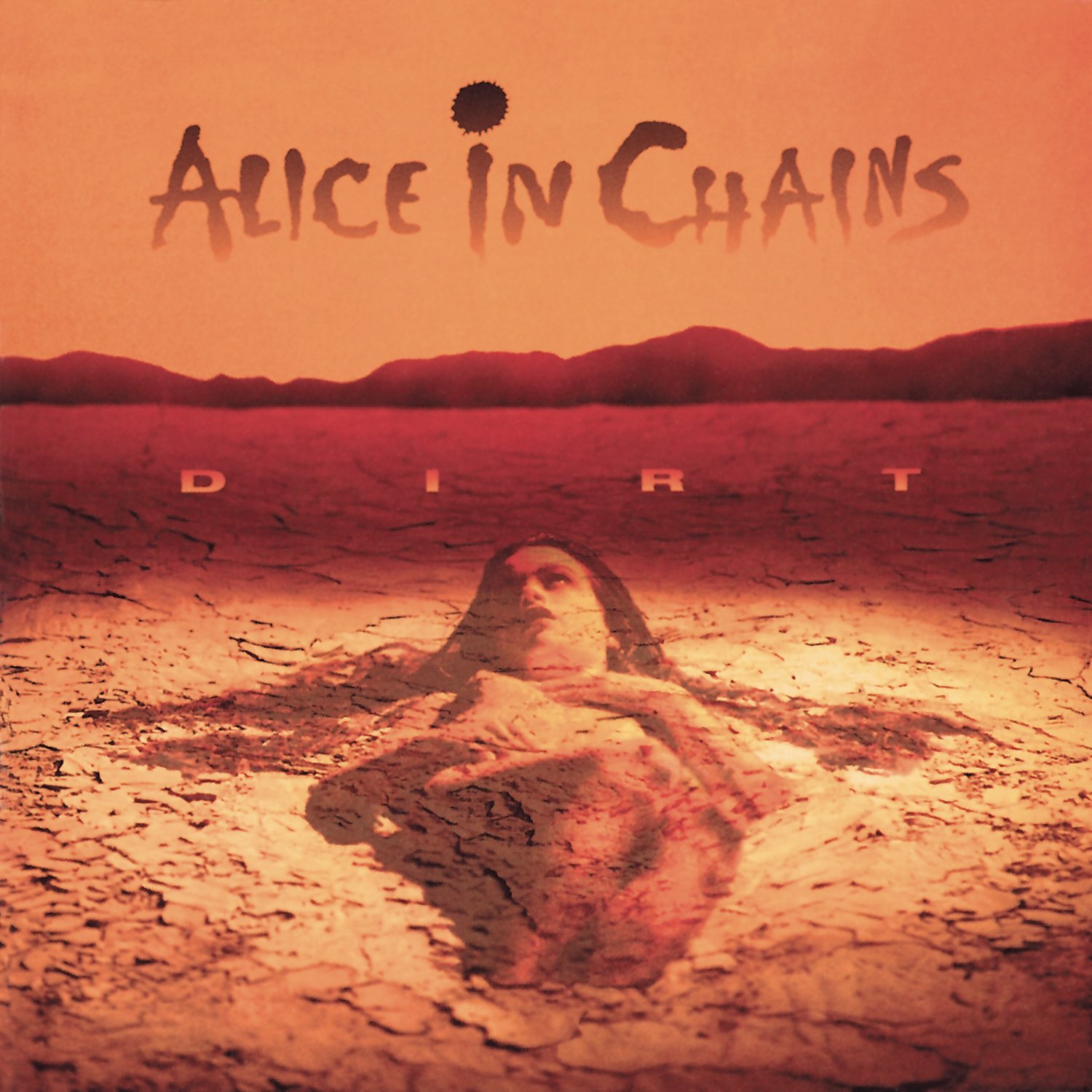Alice In Chains – “Dirt” (1992): A Howl of Pain from the Grunge Heartland

Released on September 29, 1992, “Dirt” is not just the second studio album by Alice in Chains but also one of the most iconic and influential works of the grunge era. While many of their Seattle contemporaries focused on anger or apathy, “Dirt” delved deep into the darkest corners of the human psyche: addiction, depression, war, death, and self-destruction. It is a heavy, raw, and haunting album that starkly reflects the personal struggles of its members, particularly vocalist Layne Staley and guitarist Jerry Cantrell.
Context and Themes:
“Dirt” was created against a backdrop of severe personal challenges faced by Alice in Chains, most notably Layne Staley’s battle with drug addiction. This struggle permeated every note and lyric, creating a chilling authenticity. The album is a journey through personal hell, exploring themes such as:
Addiction: This is the central theme, expressed through songs like “Junkhead,” “Dirt,” and “God Smack.” The lyrics do not shy away from the pain, torment, and despair that addiction brings.
War and Trauma: “Rooster” is a powerful, semi-balladic track that recounts Jerry Cantrell’s father’s experiences in the Vietnam War, offering a poignant look at the emotional aftermath of conflict.
Depression and Isolation: “Down in a Hole” and “Hate to Feel” are prime examples of internal struggle, the feeling of being trapped, and hopelessness.
Toxic Relationships: “Angry Chair” and “Would?” (written in memory of Andrew Wood of Mother Love Bone) explore complex relationships and the suffering they inflict.
Music and Style:
Musically, “Dirt” further developed Alice in Chains’ signature sound: a fusion of grunge, heavy metal, and alternative metal. The album stands out for:
Heavy, Ominous Guitar Riffs: Jerry Cantrell is a master at crafting iconic guitar riffs, often with a bluesy undertone but played with high distortion and metal’s weight. The riffs in “Them Bones,” “Dam That River,” and “Rooster” are prime examples.
Distinctive Vocal Harmonies: The combination of Layne Staley’s haunting and powerful lead vocals with Jerry Cantrell’s emotive harmonies creates an unmistakable sonic “trademark.” These harmonies often involve call-and-response or duets, creating an ethereal and anguished feel.
Sludgy, Heavy Rhythms: While there are faster moments, many songs on “Dirt” feature slow, heavy tempos, creating a suffocating, bleak atmosphere that perfectly matches the lyrical themes.
Complex Song Structures: Alice in Chains was unafraid to experiment with song structures, often featuring unexpected transitions, emotionally charged guitar solos, and powerful breakdowns.
Impact and Legacy:
“Dirt” was not only a commercial success (peaking at No. 6 on the Billboard 200 and selling over 5 million copies in the US) but also received widespread critical acclaim. The album is considered one of the definitive works of both grunge and metal, influencing countless bands that followed. It proved that rock music could be heavy and dark yet remain profoundly artistic and emotionally resonant.
More than three decades after its release, “Dirt” retains its raw power and haunting presence. It’s not just an album about personal battles but a timeless piece of art that taps into universal human fears and suffering. “Dirt” stands as a potent reminder of Alice in Chains’ extraordinary talent and of an era where music dared to confront life’s darkest facets.











